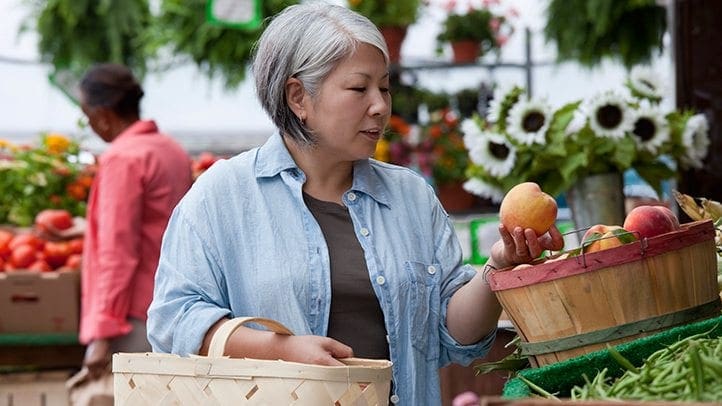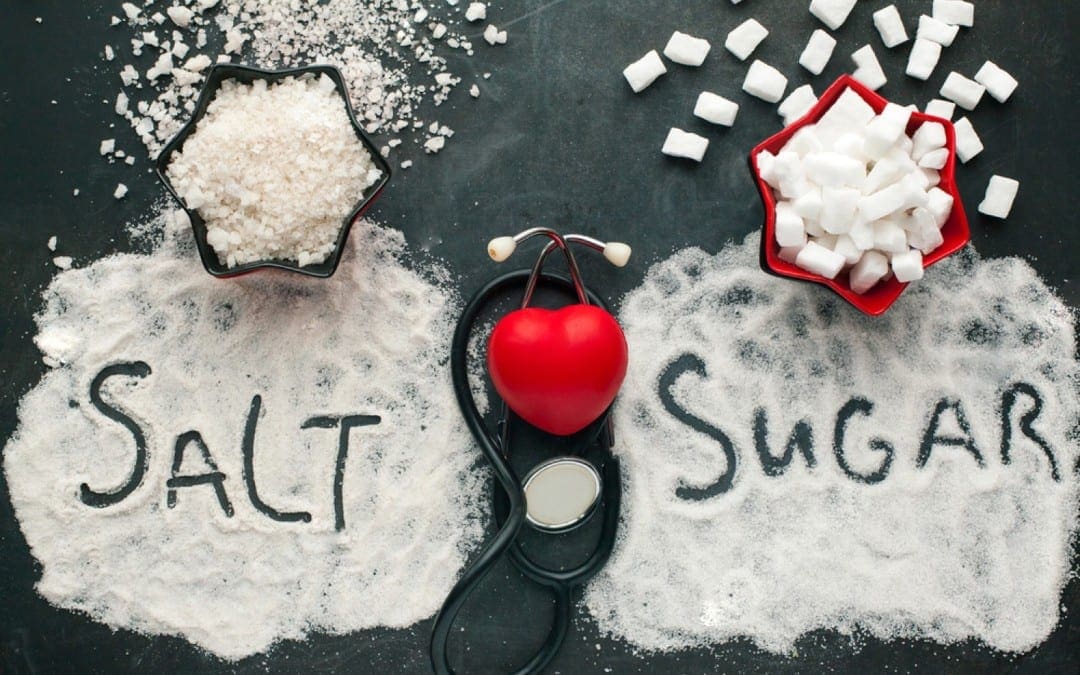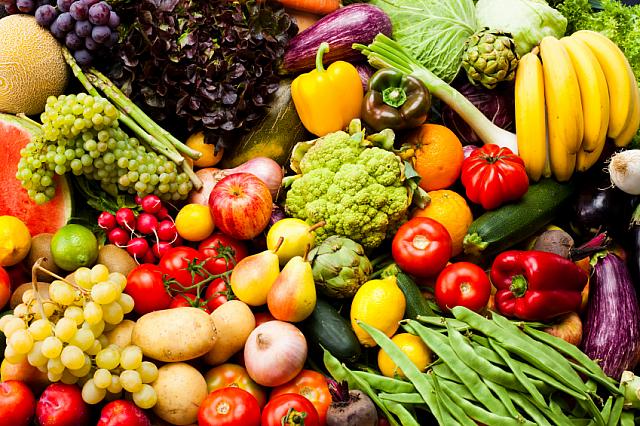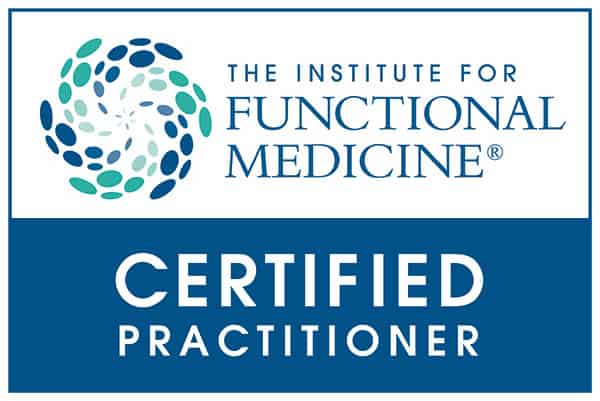
Getting Enough Fruits and Veggies for Older Adults
A healthy eating plan should include at least five servings of fruits and vegetables every day. Learn easy ways to include the right amount of produce in your diet.
Seniors are better than younger people at making their servings of fruits and vegetables part of their diet, but that’s still not saying much. According to a review published in August 2013 in the journal Maturitas, only 21 to 37 percent of men and 29 to 45 percent of women ages 65 and older eat five or more daily servings of fruits and vegetables, which is the minimum amount recommended for�good nutrition.
Eating plenty of fruits and vegetables is especially important as you get older, because the nutrients and fiber in these foods can help reduce high blood pressure, lower your risk of heart disease, stroke, and certain cancers, stave off eye and digestive problems � and simply satisfy your hunger.
Before you try to eat an entire bunch of bananas or a bushel of apples, know this: One serving of fruit or vegetables equals half a cup, or about the amount you could hold in a cupped hand. Nutrition experts used to recommend five servings of fruits and vegetables per day, but that�s probably not enough, according to the Centers for Disease Control and Prevention (CDC). Individual needs are different, so depending on age, gender, and level of physical activity, you�ll require between 5 and 13 servings of fruit and vegetables each day.
Meeting Your Healthy Eating Goal for Fruits and Vegetables
Follow these simple tips for increasing the amount of fruit and vegetables you eat each day:
- Add fruits and vegetables to your favorite dishes.�Find ways to incorporate fruits and vegetables into foods you already eat. For example, stir fruit into your cereal or yogurt, add strawberries or blueberries to your pancakes, pack your sandwich with extra veggies, add vegetable toppings to your pizza, stir greens into your favorite casserole or pasta dish, or stuff your omelet with extra vegetables.
- Display your produce.�Put your fruits and vegetables out on the counter or in a prominent position in the refrigerator, so that you’ll be more likely to eat them.
- Try new things.�Next time you go to the grocery store, pick out a new fruit or vegetable to try.
- Cook vegetarian.�At least once every week, skip the meat (you could join in on�Meatless Monday) and try a new vegetarian recipe for dinner.
- Snack away.�Try snacking on fresh or dried fruit, carrot and bell pepper strips with a low-fat dip, or baked chips with fresh salsa.
Why We Eat Less as We Age
As you get older, certain age-related changes can make it more difficult to get the fruit and vegetables you need, such as:
- Difficulty chewing Some people have dental problems that make it harder to chew, resulting in a reduced interest in eating.
- Changes in taste Your sense of taste can change as you get older, so you may avoid some of the foods you used to enjoy.
- Mobility problems For older people who are no longer able to drive, it may be difficult to get out and shop for fresh produce.
- Lack of motivation to cook If you live alone, you may not feel like cooking just for one.
- Changes in appetite For many people, getting older means that you just aren’t as hungry as you used to be.
To get the most out of the fruit and vegetables you eat, aim for variety. Eat many different types of fruits and vegetables, in a rainbow of colors. This will help ensure that you get the variety of nutrients your body needs for healthy aging.
Healthy Aging with Nutrition
Sourced through Scoop.it from: www.everydayhealth.com
Following a healthy, balanced diet is ultimately essential towards an individual’s overall health and, while many people effectively implement fruits and vegetables into their eating plan, older adults can find it difficult to follow a proper, everyday nutrition. Fruits and vegetables are a fundamental part of a human’s diet. Several tips and tricks can help add these important foods to an individual’s diet.
For more information, please feel free to ask Dr. Jimenez or contact us at 915-850-0900 .�







